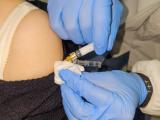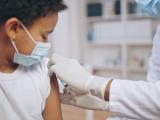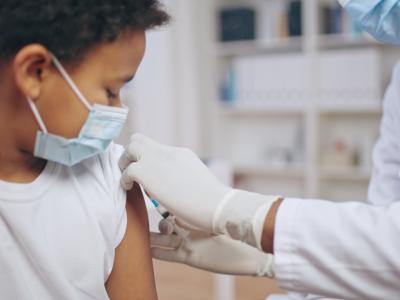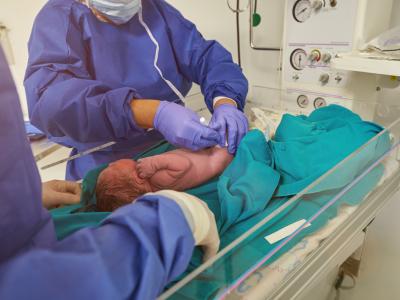Jun 22, 2009 (CIDRAP News) – Responding to lobbying by the Obama administration and public health advocates, Congress last week approved $7.65 billion for battling pandemic influenza, more than three times what the House and Senate had earlier proposed.
The money was included in a $106 billion supplemental appropriation bill dedicated mostly to funding the military campaigns in Iraq and Afghanistan. The Senate passed the bill Jun 18, following House passage 2 days earlier.
Most of the pandemic money is for activities by the Department of Health and Human Services (HHS) and the Centers for Disease Control and Prevention (CDC), but the bill includes $350 million to boost state and local capacity for responding to the novel H1N1 flu pandemic.
According to a House Appropriations Committee summary of the legislation, it provides $1.5 billion in fiscal year 2009 money and $5.8 billion in "contingent emergency appropriations" for HHS and the CDC.
The funds are to be used for expanding surveillance, increasing federal stockpiles of drugs and medical supplies, and developing, buying, and administering vaccines.
The $350 million in state and local money, according to the House summary, is intended to help public health departments hire and train staff members, buy equipment to improve diagnostic capabilities, distribute antivirals and personal protective equipment from federal and state stockpiles, improve communication and maintain disease-reporting hotlines, and address other challenges, such as hospital surge capacity.
The bill also includes $50 million for distribution by the US Agency for International Development to help countries respond to pandemic flu.
The House and Senate had previously passed different versions of the funding bill that provided, respectively, about $2 billion and $1.5 billion for the pandemic. But a House-Senate conference committee increased the amounts in working out the compromise bill that was approved last week.
The Obama administration had asked Congress to approve the House version but add another $2 billion to it, as reported here previously. In addition, the administration asked Congress to tap some funds from the federal economic stimulus package and up to $2.9 billion from the BioShield program.
Meanwhile, a coalition of public health groups led by Trust for America's Health (TFAH), a nonpartisan public health advocacy organization based in Washington, DC, also urged Congress to adopt the House version and add more funds to it. The coalition was particularly concerned about the cost of buying and administering pandemic vaccines.
In substantially increasing the funding, Congress decided not to take funds from the stimulus and BioShield programs, according to Richard Hamburg, government relations director for TFAH. Some public health advocates had criticized the proposal to take money from BioShield, a program that promotes development of medical countermeasures against biological and other unconventional weapons.
"This contingency fund of $5.8 billion would be new money," Hamburg said. "I think it was good news that they appropriated additional dollars to be used mainly for vaccine purchase and perhaps vaccine administration, and that it was new money and not coming from existing sources."
"In the long run they'll need even more dollars, but this is a recognition that should there be a more extreme outbreak in the coming months, we'll be better prepared than we would've been without additional dollars," he said.
See also:
Jun 5 CIDRAP News story "Obama seeks more funds for novel flu fight"


















